You can calibrate flow measurement devices by three methods :
- Wet calibration using actual fluid flow
- Measurement check of physical dimensions and use of empirical gables relating flow rate to these dimensions
- Dry calibration using flow simulation by electronic or mechanical means.
Flow Meter Calibration
It is common to make measurements using a combination of several instruments acting together. It is also appropriate to calibrate different portions of such a system by different methods.
In the case of a flowmeter with a transmitter and an indicator, a common practice is to wet calibrate the flowmeter and separately dry calibrate the transmitter and indicator. You can often further separate the flowmeter itself into a wetted primary (the portion generating the flow signal) and a flow secondary (the portion providing the signal processing).
Whenever separately calibrating portions of a system, maintain adequate accuracy rations for each calibration and calculate the overall system accuracy by the previously described method.
Wet Calibration
A wet calibration, using actual fluid flow, normally provides the highest calibration accuracy for a flowmeter and sees use where accuracy is a prime concern or when the form of the meter does not lend itself to other methods. Precision flowmeters usually see wet calibration at the time of manufacture.
After service, the user often removes and recalibrates them. The actual interval between these calibrations varies depending on the user’s experience with the meter and the importance of the measurement.
You can perform the recalibration at the flowmeter manufacturers’ facility, in an independent laboratory, or at the user’s site when adequate facilities are available. When performing the calibration at an outside facility, specify the flow range you want to calibrate, the number of points you are taking, and the fluid viscosity (if you are using something other than water at room temperature).
If you are using the flowmeter for billing or other accounting purposes, you might want to obtain an as-received and after-adjustment calibration. The as-received results enable evaluating what magnitude of error may have existed in the meter during use, prior to recalibration. If this error is large, evaluate the impact of the error on prior measurements and determine whether additional action is required.
The procedures outside laboratories should follow in calibrations are normally left to the discretion of the laboratory. You can specify a system calibration, where you calibrate all elements of the flow measuring system together, when accuracy is critical.
We usually perform wet calibrations with water, air, or hydrocarbon fuels using one or more of four basic standards: weight tanks, volumetric tanks, pipe provers, or master flowmeters.
Weight, volume standards
Three methods of calibration are used when a weight or volume tank is the standard. In the static calibration method, the flow starts quickly to begin the test, holds steady during the test, and then shuts off at the end of the test. Compare the totalized reading from the flowmeter with the weight or volume you collect and calculate the meter performance.
A static system operates best with flowmeters that have minimum sensitivity to low flow rates. It does not give optimum results with high-performance digital output meters, such as vortex flowmeters, because of errors obtained during the short periods of low flow at the beginning and end of the test. For this reason, static symptoms are no longer in general use.
A weight or volume standard can also be used in a completely dynamic mode. In this method, the flow is set at a steady rate before the start of the test. The flowmeter reading and initial weight or volume are read simultaneously to start the test and again, after the desired collection period, to end the test. Completely dynamic systems are limited by speed or response consideration and the general difficulties used.
Hybrid dynamic start-and-stop
Hybrid dynamic start-and-stop, static reading weight and volume systems generally provide more accurate liquid calibrations than purely static or dynamic systems. In such systems, obtain the desired test flow rate while the flow is diverted past the weight or volume flow standards.
Initiate the test run by diverting the flow into the standard and complete it by diverting it out of the system. The flow signal, which should be digital, gates on and off by the diversion. Read the weight or volume after an appropriate settling time, and compare it with the totalized flowmeter reading.
The key to the dynamic start-and-stop reading system is the design of the flowdiverter valve that switches the flow in and out of the standard. In a well-designed system, the actual diversion time is much smaller than the collection time, and the flow pattern through the diverter is independent of flow rate.
Under these conditions, the limiting factor in system uncertainty is the basic accuracy and resolution of the weight or volume standards. With care, you can reduce errors to less than 0.1% of reading under laboratory conditions. Few calibration systems of this type see field use because of their size and cost.
Master Flow meters
Perhaps the most common method of wet calibration is comparing the output of the meter under test with one or more flowmeters that have been certified against high-accuracy standards, known as master flowmeters. You can construct a small master meter comparison test stand at less cost than other wet calibration methods.
If properly designed and maintained, it is capable of calibrating flowmeters to a tolerance of ±1% reading or less. If you are selecting flowmeters as masters, consider the desired range of the test stand, the required accuracy, the properties of the test fluid, and the allowable head loss.
Author: Thomas Burgess
Read Next
- Pressure Transmitter Calibration
- Area Velocity Flow Meter Principle
- Read Circular Chart Recorder
- Doppler Flow Meter Advantages
- Rotary Flow Meters Principle
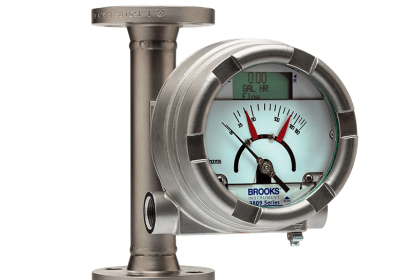
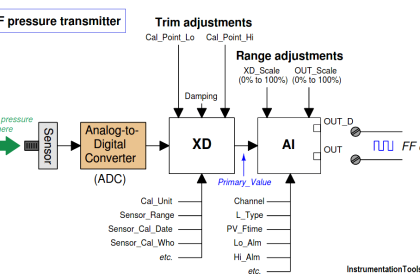
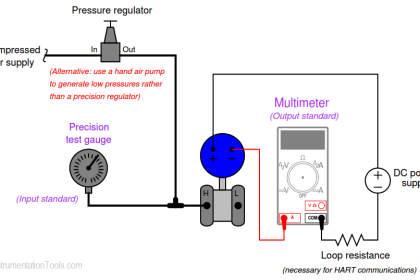
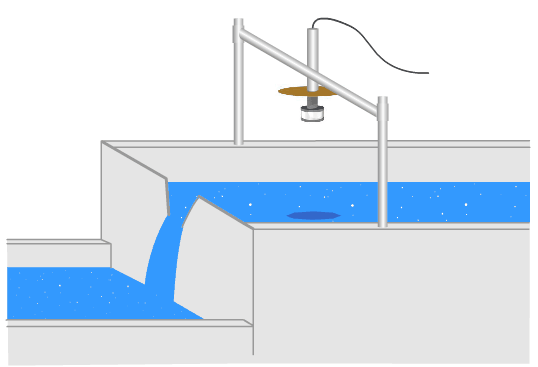
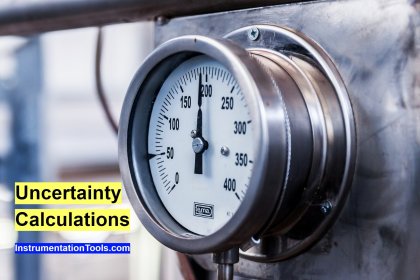
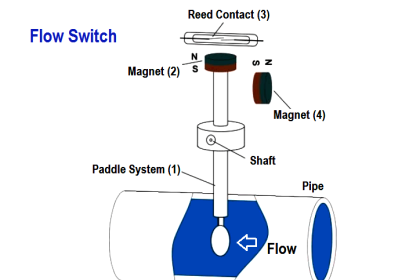

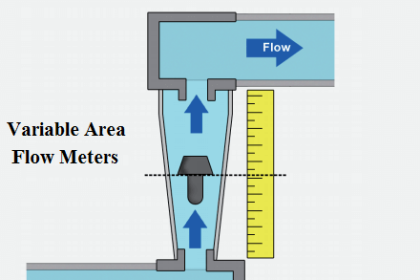
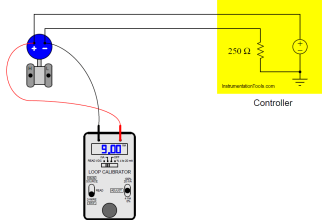
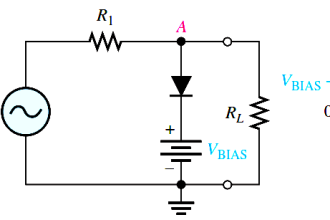
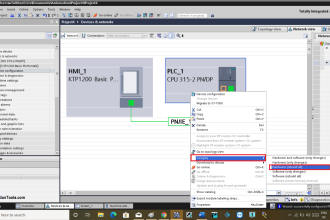


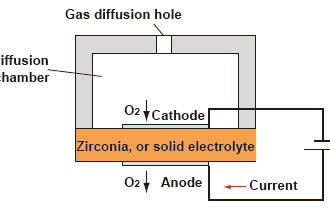
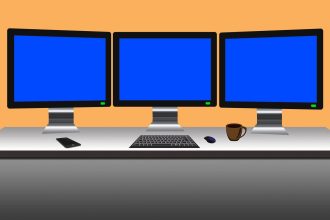
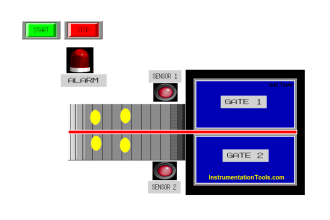

Thank you for helping me understand flow calibration. I like that you discuss how it works. There is an element called a flow measuring system. That is the process of measuring combination materials for calibration purposes. These are helpful information in securing balancing the chemicals. These are important to the metrology laboratory and food and chemical industry.
Hello, we are preparing our accreditation file for the calibration of Coriolis and electromagnetic flowmeters, I would be very grateful if you could give me references of standards for the estimation of uncertainty for this quantity